Cruciate Disease In Dogs
Cruciate disease in dogs. We do not know the precise cause of this but genetic factors are probably most important with certain breeds being predisposed including Labradors Rottweilers Boxers West Highland White Terriers and Newfoundlands. Consists of a single band which is twisted about. Cruciate Disease Explained What is cruciate disease.
Left untreated a cruciate tear results in crippling osteoarthritis and loss of muscle strength in the rear leg. The ruptured cruciate ligament is the most common knee injury of dogs. In the vast majority of dogs the cranial cruciate ligament CrCL ruptures as a result of long-term degeneration whereby the fibres within the ligament weaken over time.
Treatment for cruciate disease. Facts About Cranial Cruciate Ligament Disease in Dogs It is the most common orthopedic condition in dogs out of about 40 conditions affecting back legs in dogs CCL injuries are a relatively rare orthopedic condition in cats Dogs can have a partial or complete rupture of the CCL. Cruciate ligament surgery for dogs.
Treatment for cruciate disease Conservative management non-surgical. 1 The lameness can worsen with activity and improve with rest. However dogs most at risk of an injury are those that are overweight and those that tear around on uneven.
Cruciate injuries can develop in any dog but there are certain breeds such as the Labrador Rottweiler and Newfoundland that are slightly more at risk. Some affected dogs have a mild lameness that seems to come and go while others are very badly affected and cannot walk on the leg. Although cranial cruciate disease in dogs often starts slowly many owners will.
In dogs the cause of cruciate disease is quite different with the ligament. You may hear the same condition referred to as anterior cruciate ligament disease CCL or ACL disease cruciate tear or rupture or injury or just cruciate diease. Compared with crossbred dogs Rottweilers West Highland White Terriers Golden Retrievers Yorkshire Terriers and Staffordshire Bull Terriers showed increased odds of CCL disease diagnosis while Cocker Spaniels showed reduced odds.
Stabilisation surgery may be recommended in most cases of. Cranial cruciate ligament disease can affect dogs of all sizes breeds and ages but rarely cats.
Conservative non-surgical treatment is generally recommended for dogs weighing.
Symptoms of Cruciate Disease in dogs. This conservative approach only tends to be effective in small breed dogs. Injury or failure of the cranial cruciate ligament commonly referred to as Cruciate Disease is a very common problem that can be encountered by dogs of all shapes and sizes. You may hear the same condition referred to as anterior cruciate ligament disease CCL or ACL disease cruciate tear or rupture or injury or just cruciate diease. Sudden lameness in a rear leg is often the first sign of injury. In the stifle knee of the dog two ligaments called cruciate ligaments hold the femur thigh bone to the tibia shin bone. Cruciate ligament surgery for dogs. Facts About Cranial Cruciate Ligament Disease in Dogs It is the most common orthopedic condition in dogs out of about 40 conditions affecting back legs in dogs CCL injuries are a relatively rare orthopedic condition in cats Dogs can have a partial or complete rupture of the CCL. Cranial cruciate ligament disease CCLD is one of the most common orthopaedic conditions in dogs Johnson et al 1994.
Inside the canine knee there are two crossing ligaments that join the tibia and the femur. Some dogs with cruciate disease will have several episodes of waxing and waning lameness before the ligament finally tears completely. Generally cruciate disease is managed with surgery unless the lameness is very mild. Inside the canine knee there are two crossing ligaments that join the tibia and the femur. Sudden lameness in a rear leg is often the first sign of injury. In humans this ligament ACL can rupture for example when skiing or playing football. You may hear the same condition referred to as anterior cruciate ligament disease CCL or ACL disease cruciate tear or rupture or injury or just cruciate diease.

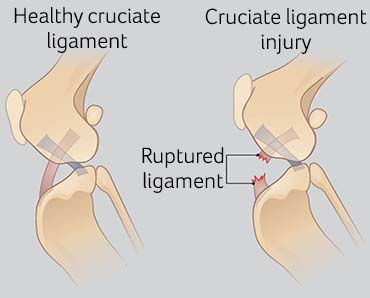
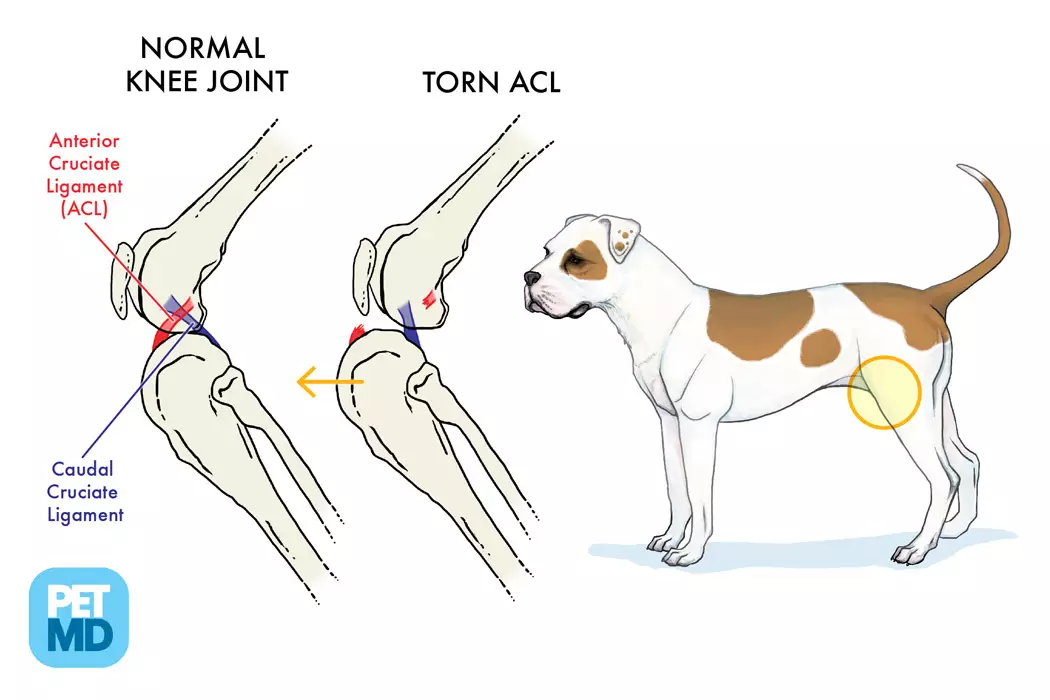
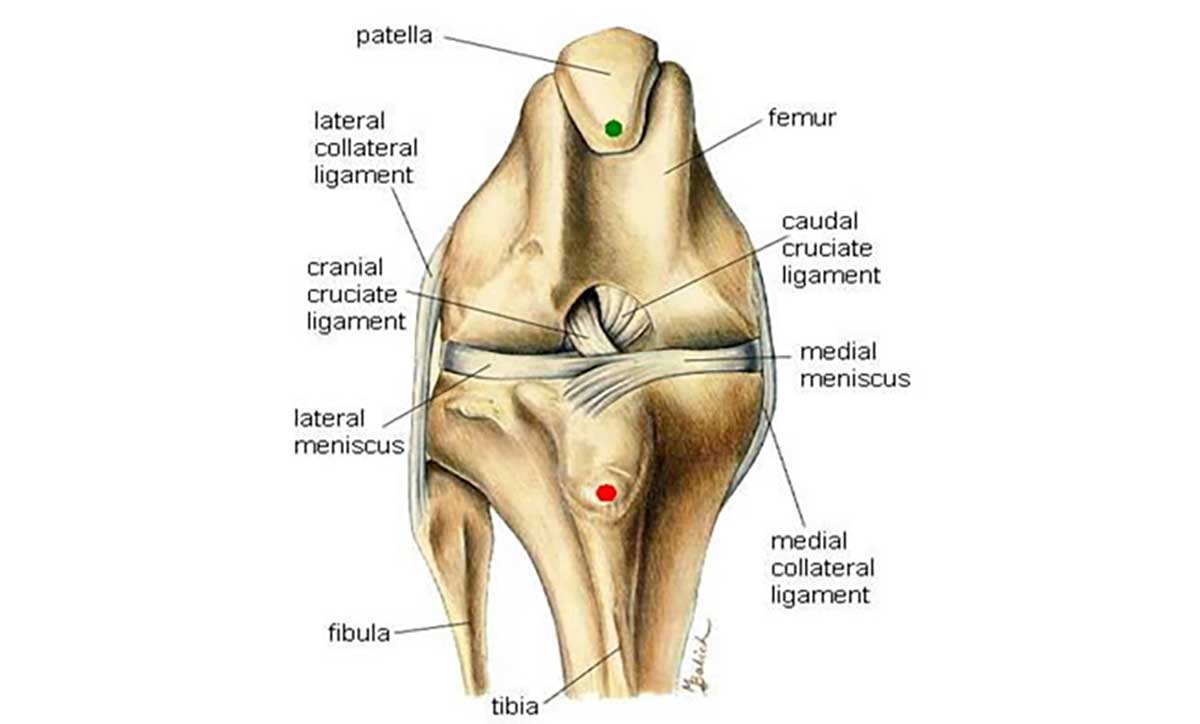

/cruciate-ligament-injury-in-dogs-1117416_V2-130f67462a5243dfa17a83a0e1c36b78.gif)
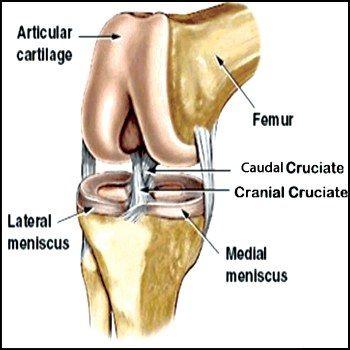
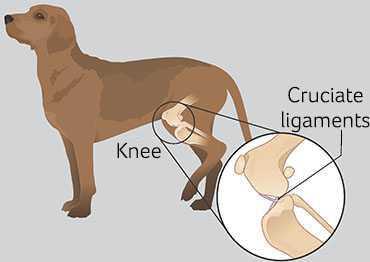
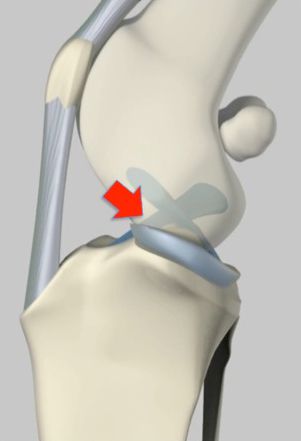
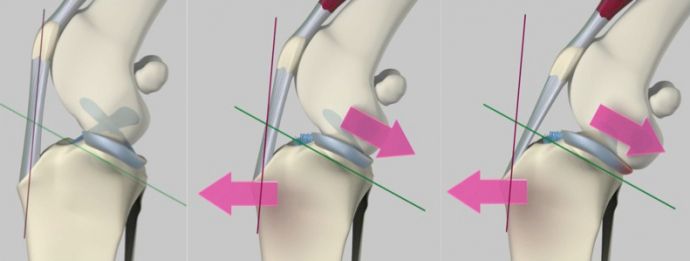



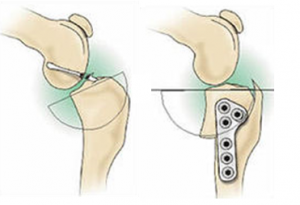
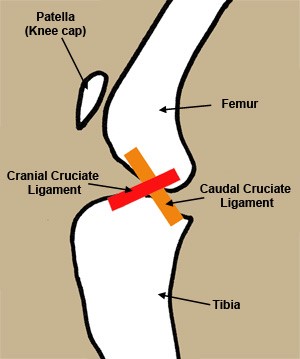
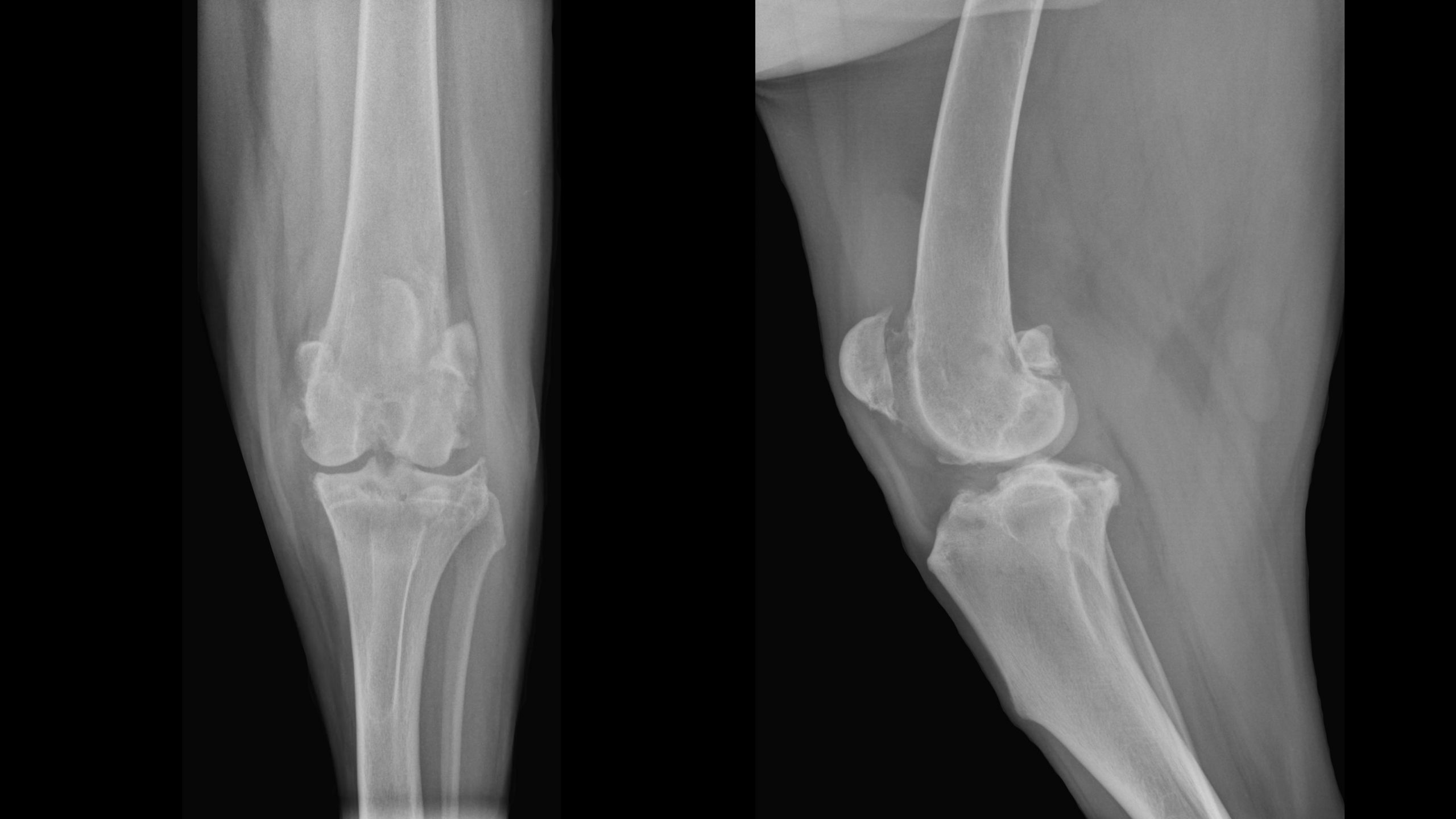
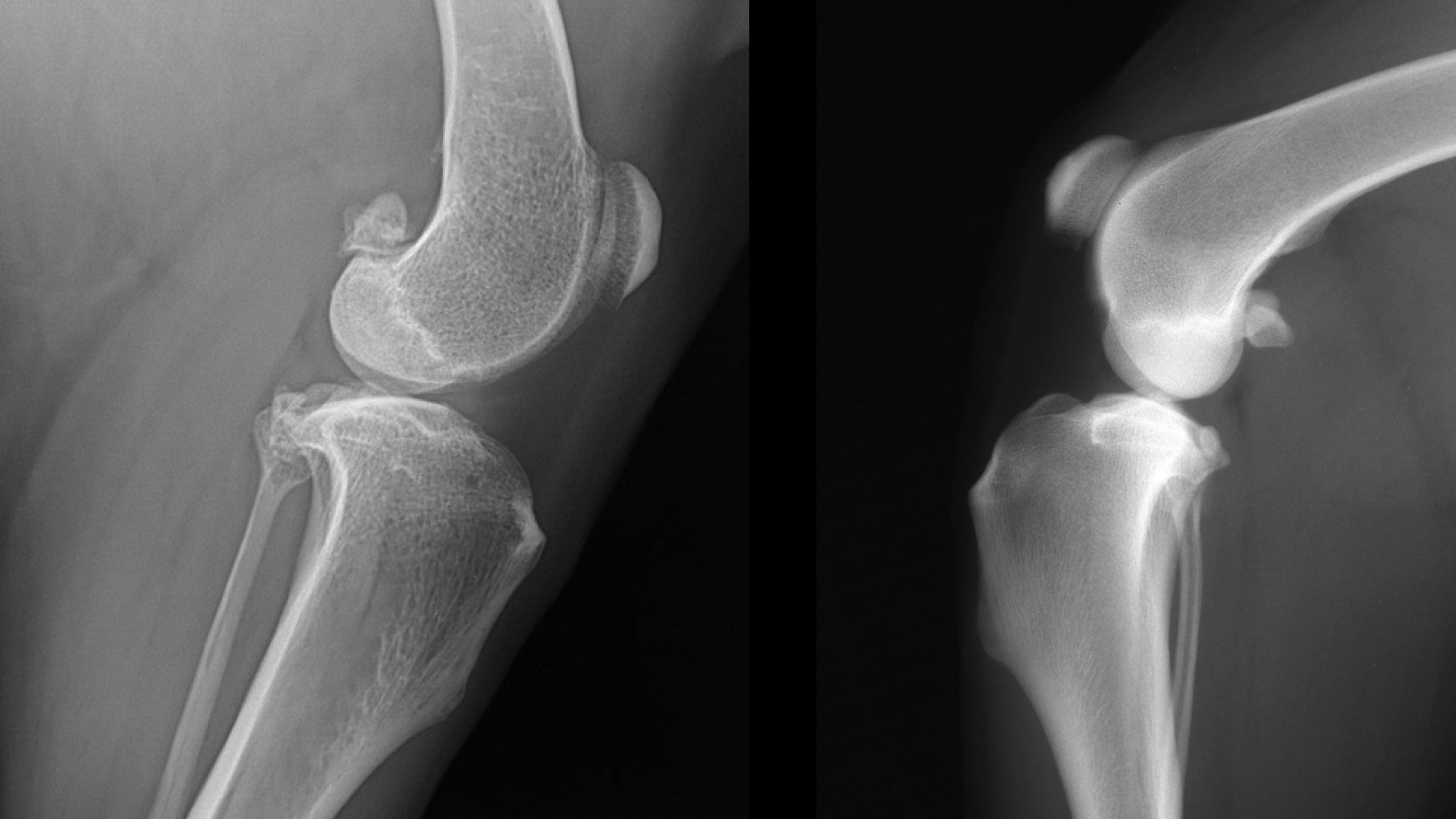
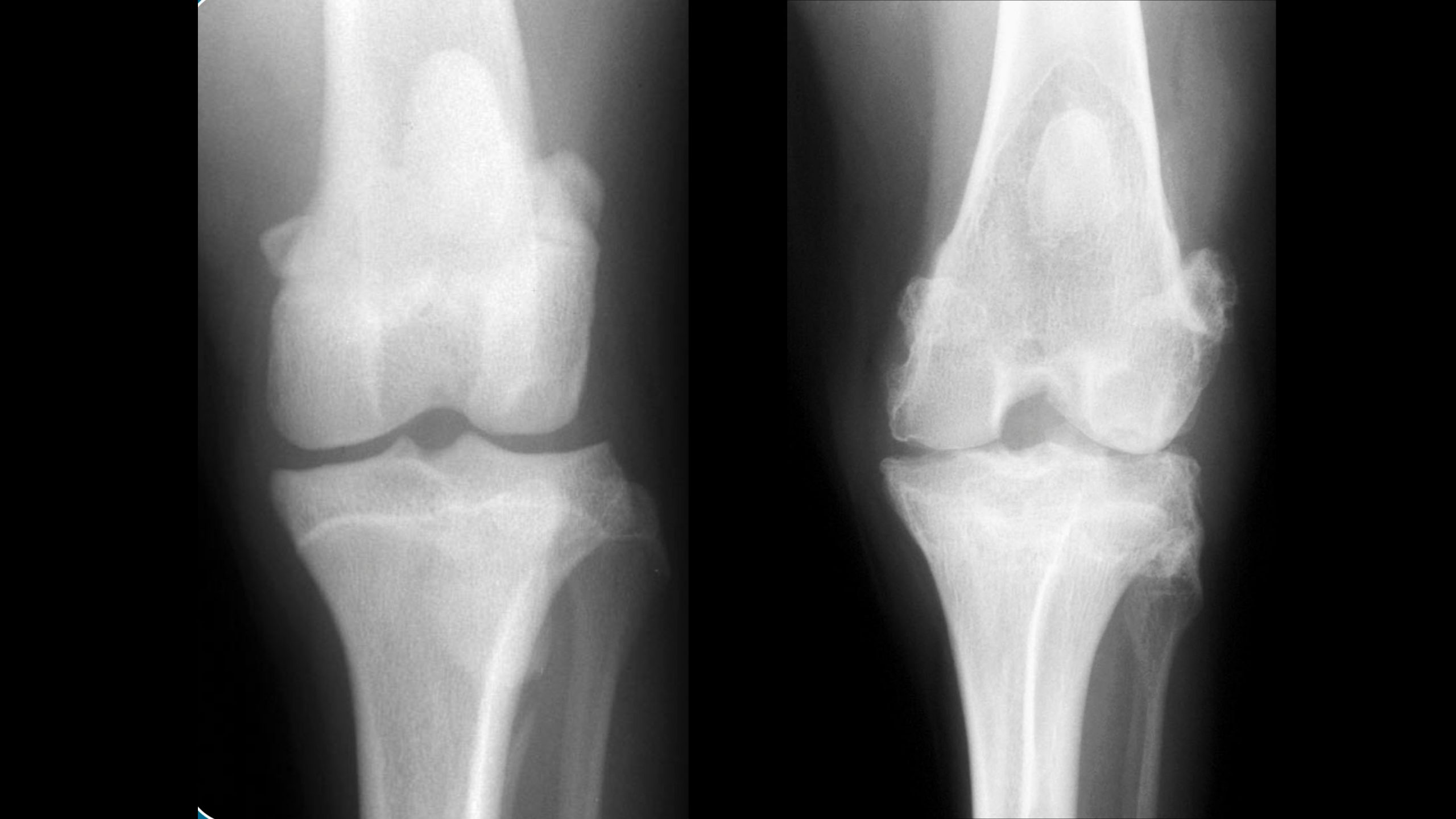










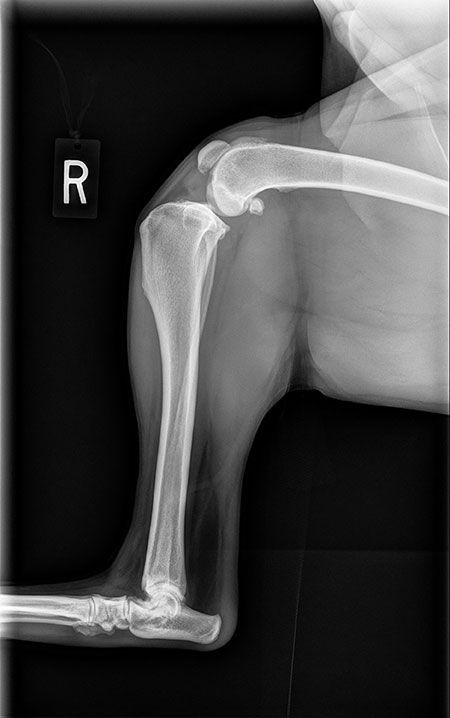
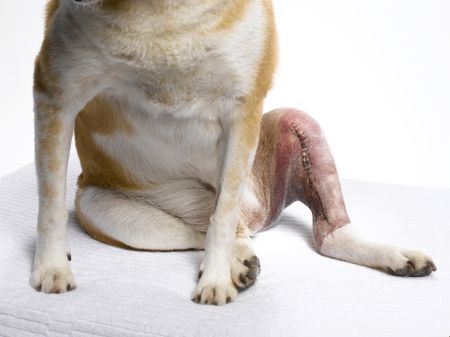



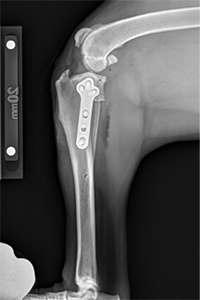
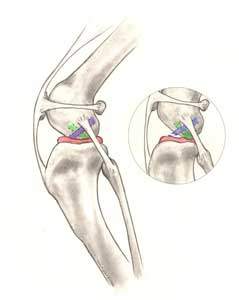
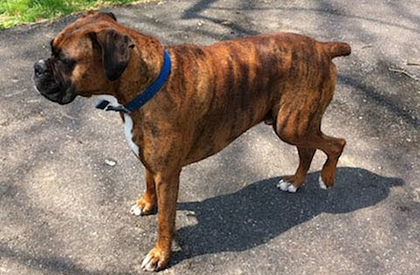




Post a Comment for "Cruciate Disease In Dogs"